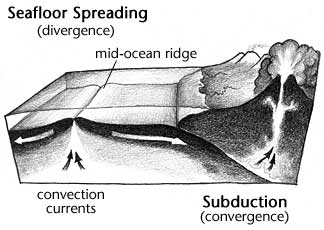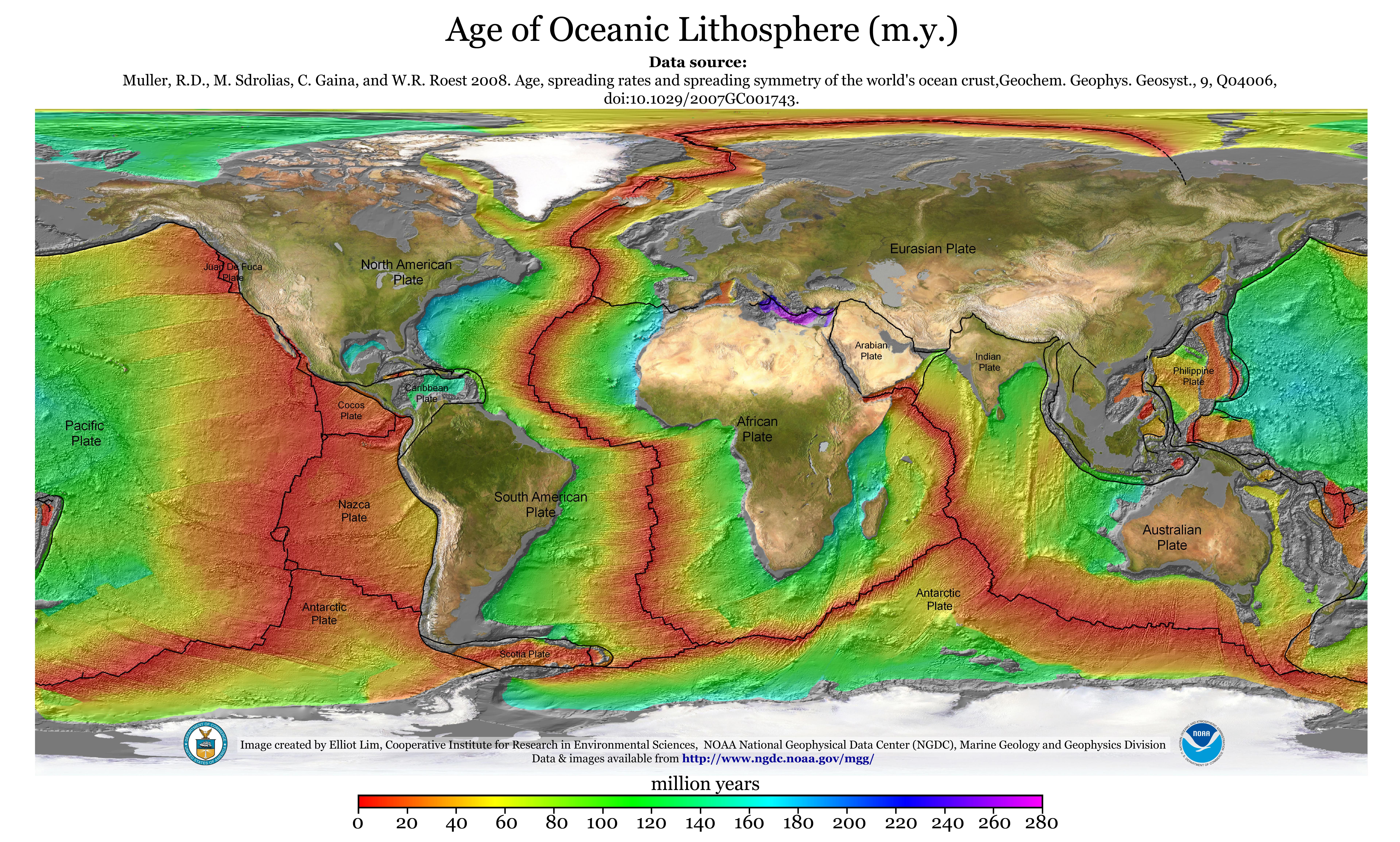Sea Floor Spreading And Subduction Animation

Have you noticed lately that your students just aren t listening when you try to teac.
Sea floor spreading and subduction animation. It details the upwelling of magma at a midocean ridge along with associated transform faults. As upwelling of magma continues the plates continue to diverge a process known as seafloor spreading samples collected from the ocean floor show that the age of oceanic crust increases with distance from the spreading centre important evidence in favour of this process. This animation depicts a 100 000 year time span of seafloor spreading. Subduction is one of the two major processes of plate tectonics the other being seafloor spreading.
At subduction zones the edge of the denser plate subducts or slides beneath the less dense one. The process of subduction and sea floor spreading can change the size and shape of the oceans. I m sorry you somehow found this. Spreading rate is the rate at which an ocean basin widens due to seafloor spreading.
A subduction zone is the entire area of subduction between the trench and the volcanic arc. Subduction happens where tectonic plates crash into each other instead of spreading apart. Because of these processes the ocean floor is renewed about every 200 million years. Trenches accretionary wedges prisms and volcanic or island arcs are key surface features produced by subduction.
That is the time it takes for new rock to form at the mid ocean ridge move atoss the ocean and sink into a trench. The denser lithospheric material then melts back into the earth s mantle. This report describes how to build a model of the outer 300 km 180 miles of the earth that can be used to develop a better understanding of the principal features of plate tectonics including sea floor spreading the pattern of magnetic stripes frozen into the sea floor transform faulting thrust faulting subduction and volcanism. I didn t know it would come to this.
Seafloor spreading is the continuous process of forming new igneous rock at midocean ridges by injection of magma that forms new seafloor. It also shows the subduction of oceanic crust under continental crust and the resulting formation of magma and subsequent volcanism. Spreading rates determine if the ridge is fast intermediate or slow. Seafloor spreading is just one part of plate tectonics.
These age data also allow the rate of seafloor spreading to be determined and they show that rates.


















